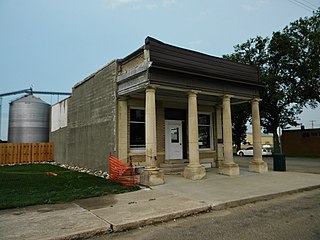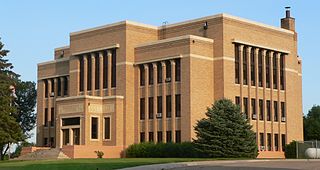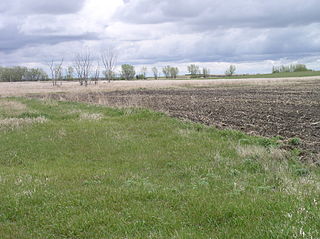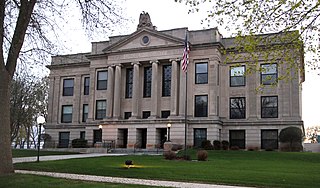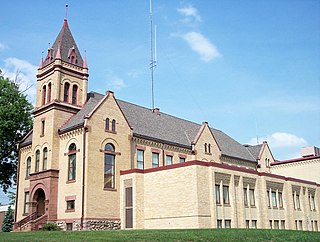This article is an orphan, as no other articles link to it . Please introduce links to this page from related articles ; try the Find link tool for suggestions. (May 2019) |
| Spotter Lake | |
|---|---|
| Location | Thunder Bay District, Ontario, Canada |
| Coordinates | 48°40′46″N85°44′08″W / 48.67944°N 85.73556°W [1] Coordinates: 48°40′46″N85°44′08″W / 48.67944°N 85.73556°W [2] |
| Type | Lake |
| Max. length | 0.8 km (0.50 mi) |
| Max. width | 0.6 km (0.37 mi) |
| Surface area | 0.28 km2 (0.11 sq mi) |
| Surface elevation | 423 m (1,388 ft) [3] |
| Max. temperature | 16 °C (61 °F) |
| Min. temperature | −19 °C (−2 °F) |
Spotter Lake is a lake located in the Thunder Bay region of Canada. It is 800km west of the capital, Ottawa. It covers 0.6 km from the north to the south and 0.8 km from the east to the west and had a total surface area of 0.28 km2.

Thunder Bay is a city in, and the seat of, Thunder Bay District, Ontario, Canada. It is the most populous municipality in Northwestern Ontario with a population of 107,909 as of the Canada 2016 Census, and the second most populous in Northern Ontario after Greater Sudbury. Located on Lake Superior, the census metropolitan area of Thunder Bay has a population of 121,621, and consists of the city of Thunder Bay, the municipalities of Oliver Paipoonge and Neebing, the townships of Shuniah, Conmee, O'Connor, and Gillies, and the Fort William First Nation.

Canada is a country in the northern part of North America. Its ten provinces and three territories extend from the Atlantic to the Pacific and northward into the Arctic Ocean, covering 9.98 million square kilometres, making it the world's second-largest country by total area. Canada's southern border with the United States, stretching some 8,891 kilometres (5,525 mi), is the world's longest bi-national land border. Its capital is Ottawa, and its three largest metropolitan areas are Toronto, Montreal, and Vancouver. As a whole, Canada is sparsely populated, the majority of its land area being dominated by forest and tundra. Consequently, its population is highly urbanized, with over 80 percent of its inhabitants concentrated in large and medium-sized cities, with 70% of citizens residing within 100 kilometres (62 mi) of the southern border. Canada's climate varies widely across its vast area, ranging from arctic weather in the north, to hot summers in the southern regions, with four distinct seasons.

Ottawa is the capital city of Canada. It stands on the south bank of the Ottawa River in the eastern portion of southern Ontario. Ottawa borders Gatineau, Quebec; the two form the core of the Ottawa–Gatineau census metropolitan area (CMA) and the National Capital Region (NCR). As of 2016, Ottawa had a city population of 934,243 and a metropolitan population of 1,323,783 making it the fourth-largest city and the fifth-largest CMA in Canada.
The surrounding area of the lake is mostly Mixed coniferous forest, and is mostly uninhabited. There are fewer than 2 inhabitants per square kilometre near the lake.
Mixed coniferous forest is a vegetation type dominated by a mixture of broadleaf trees and conifers. It is generally located in mountains, below the upper montane vegetation type.





